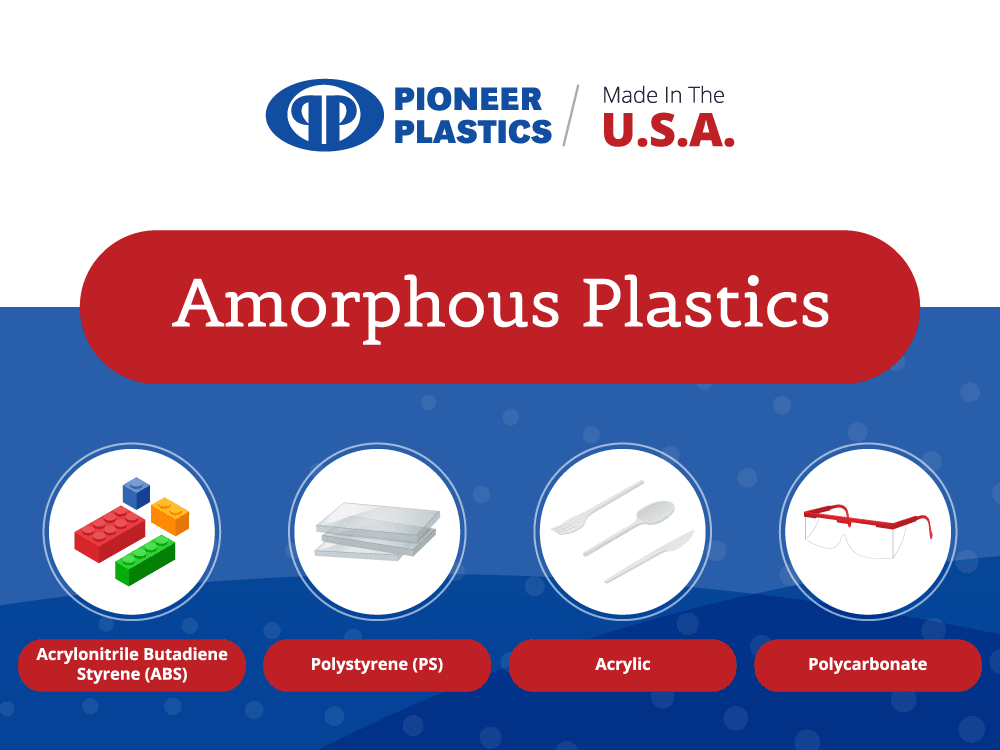
Single Cavity, Multi-Cavity, and Family Mold: Which is Right for Your Application?
Understanding the nuances of custom injection molding can be a daunting task, especially when it comes to deciding between single-cavity, multi-cavity, and family molds. This









